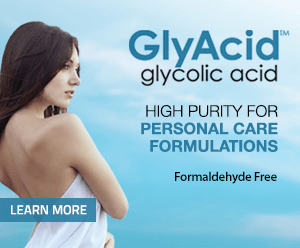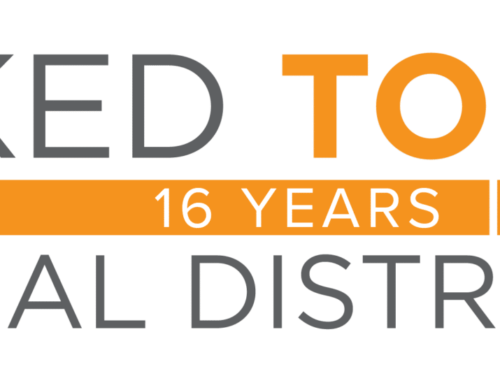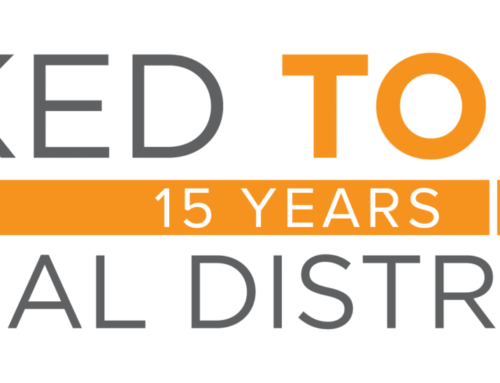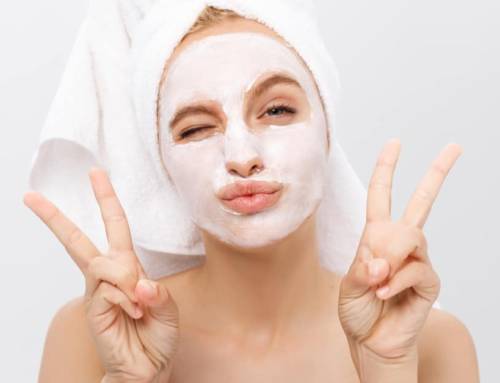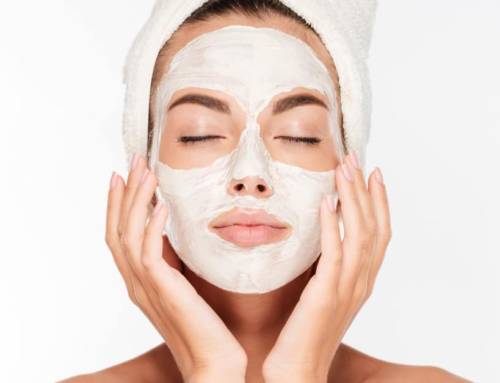New Changes to the Beauty Industry in 2020
October 12, 2020
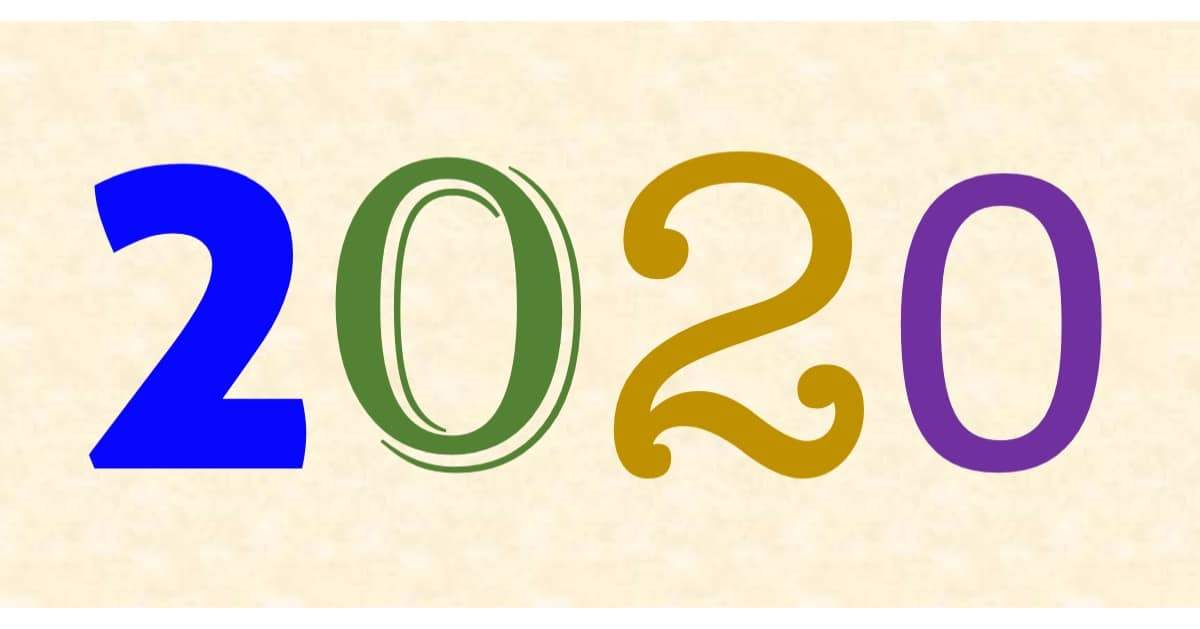
As 2020 comes to a close, many industry experts predict these shifts will remain consistent into 2021, as the coronavirus continues to alter consumer wants, needs, and beauty purchasing habits.
Changing cosmetics needs
One of the biggest changes to consumer purchasing and behavior since the pandemic began is the reduction in both purchasing and usage of cosmetics and makeup.
Sales of cosmetics have dropped over the past several months, as consumers spend more time at home due to lockdown orders and social distancing.
In fact, 71% of women who wear makeup reported they now wear it less often, due to COVID-19 related lifestyle changes, according to Nielsen data.
Several other drivers behind the lowered cosmetics sales in 2020 also include:
- lack of access to retail brick-and-mortar stores to physically try on makeup
- reduced discretionary income
- less time spent “going out” or to social events
“Online sales of makeup and fragrance products were up in the quarter, but the online channel still represents a much smaller percentage of overall sales, and not enough to offset declines of in-store purchases. At the same time, unemployment in the US surged to a record high in April, leaving millions out of work and with less expendable income for nonessential shopping,” according to Parija Kavilanz in CNN Business.
Eye cosmetics sales see a boost
However, despite the overall drop in cosmetics sales, there is one category that remains strong: eye cosmetics.
With the eyes still visible, even with a facial covering on, many consumers are forgoing cosmetic products like lipstick and instead focusing on highlighting the eyelids, brows, and lashes.
The top categories of growth for eye cosmetics, include:
- false eyelashes, up 14%
- mascara, up 8%
- eyebrow products, up 8%
- eyeliner, up 7%
This strong showing for eye cosmetics is predicted to continue into 2021, as consumers attempt to take on more eye treatments like lash extensions or eyebrow grooming and maintenance at home, instead of visiting a salon.
More at-home nail care
Additionally, COVID-19 has impacted the nail care industry, albeit in a more positive way.
Since the pandemic began earlier this year, lockdowns and business shutdowns have shuttered or restricted consumer access to nail salons. But, rather than forgo nail care, consumers have responded by increasing their nail care purchases for at home manicures and pedicures.
“Amid widespread quarantines, limits on in-person beauty services and social distancing and mask wearing requirements, beauty customers are changing their spending habits, gravitating towards products that allow them to mimic the salon experience at home,” according to Vogue Business.
The prestige nail sector gained $1 million in sales during the first lockdown period, while mass nail polish sales grew 37.5% during the first six months of 202, according to Nielsen. Plus, grocery nail care sales also grew 34.3%.
Despite salons and spas reopening in some parts of the country, many consumers remain committed to their new at-home manicure and pedicures, with 17% of Nielsen survey respondents stating an intent to maintain their new DIY nail care routines in the future.
Consumers have responded to COVID-19 by increasing their nail care purchases for at-home manicures and pedicures
"Skincare has been one of the most resilient beauty categories this year."
Larissa Jensen, NPD’s beauty industry advisor
Skincare sales remain steady
Finally, while cosmetics may have taken a hit this year, skincare sales continue to remain consistent.
“Skincare has been one of the most resilient beauty categories this year. It has seen softer sales declines year-to-date compared to the overall beauty industry and gained market share, generating the highest sales volume of all the categories,” said Larissa Jensen, NPD’s beauty industry advisor.
However, experts predict consumers will seek out more multifunctional skincare products moving into 2021, in an attempt to spend less and minimize their routines.
Buy less, buy better
“There is an end in sight to this perceived need for more, with many consumers adopting a ‘buy less, buy better’, mentality and looking to shrink their beauty regime down to functional, results-driven products only,” according to WSGN.
For stressed consumers, whittling down a skincare routine to highly efficacious, multipurpose products is an easy way to reduce time spent on their appearance, while still maintaining healthy, glowing skin.
Moving into 2021
As the coronavirus continues to impact consumer beauty purchasing habits and needs, there are a few key changes from 2020 likely to continue into 2021.
The ongoing trends to expect? A consumer desire for more at home treatments, an increased focus on skincare over cosmetics, and boosted purchasing of multifunctional products that offer maximum results with a minimized time commitment.

